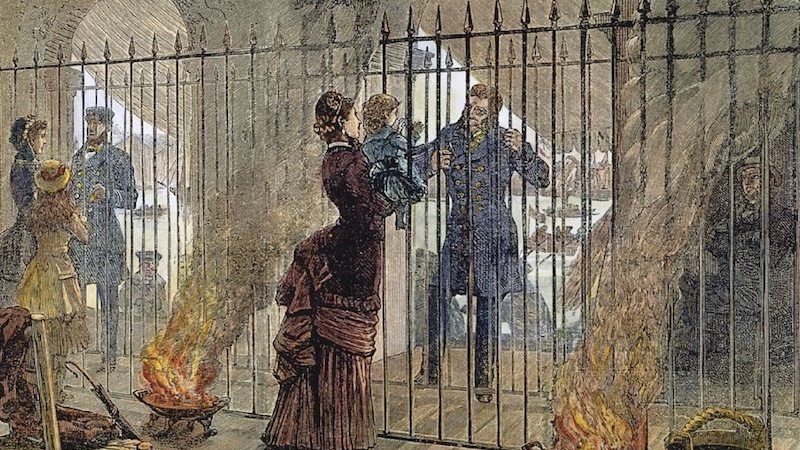Cholera
Episode #4 of the course “History of western epidemics” by Robin Tang
Cholera was a disease that had long existed in the deltas of the Ganges and Brahmaputra Rivers. It had remained only endemic to the Indian subcontinent because the delicate bacterium did not travel well. However, the disease spread to Europe for the first time in the 1830s due to the massive movements of colonial troops, as well as the increase in trade and religious pilgrimages. The great social unrest of the century marked by numerous revolutions also created the perfect conditions for its spread. Although still around in the present day, cholera as an epidemic was largely over for Europe by the end of the 19th century.
Cholera is caused by the pathogen Vibrio cholerae, first discovered by Robert Koch in 1883. The bacterium spread through fecal matter, reaching the small intestine through contaminated food and water supplies. Cholera was thus a social disease—predominantly affecting the poor in overcrowded urban areas with poor sanitation. Ingesting the bacterium did not necessarily cause illness, as the saliva in the mouth and the acid in the stomach of healthy people could effectively kill the Vibrio.
Cholera has an incubation period of a few hours to three days. The first stage was known as the “algid state” among 19th-century doctors. The flagellum of the Vibrio propelled it onto the intestinal wall, where it caused the normal functions of the wall to reverse and drained fluids from the bloodstream into the bowel. Patients vomited violently, suffered intense abdominal cramps, and excreted the infamous “rice-water” stools, essentially hemorrhaging to death.
If lucky enough to survive this phase, patients entered what doctors called the “reaction stage” after 24 hours. The most acute symptoms subsided, but complicating factors such as pneumonia and kidney failure were often the eventual cause of death. The case fatality rate of 19th-century Asiatic cholera was a staggering 50%, but with today’s rehydration therapy, the death rate with treatment is less than 2%.
The cholera outbreaks at least in part led to the rebuilding of major European cities. Georges Haussmann transformed Paris by cleaning up overcrowded slums and dramatically expanding the boulevards to improve the circulation of air and light. Naples also underwent a plan of risanamento (meaning “to make healthy again”). Old houses were demolished and rebuilt on raised street levels to put more distance between occupants and the danger lurking in the groundwater beneath the streets.
Recommended book
Share with friends

